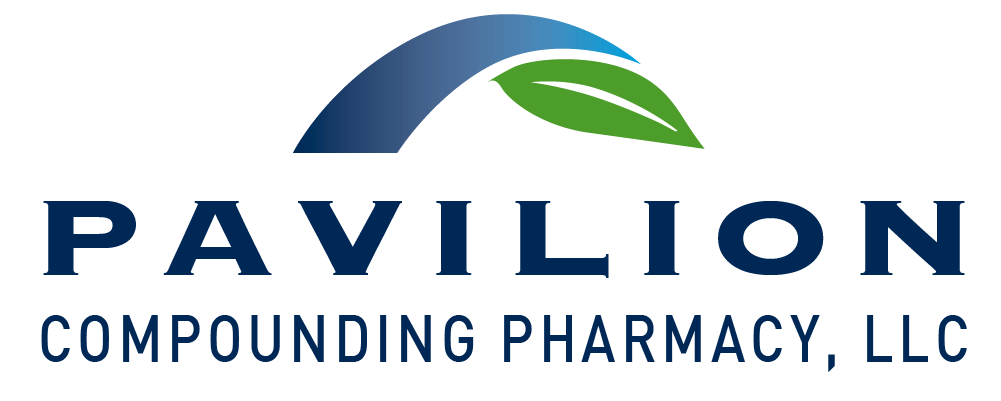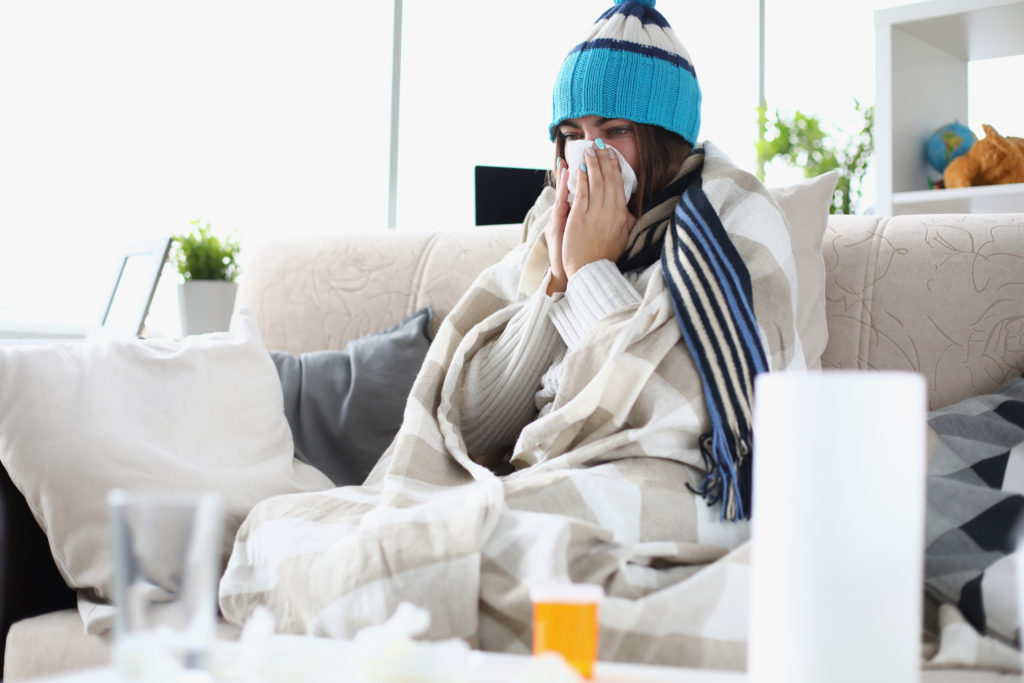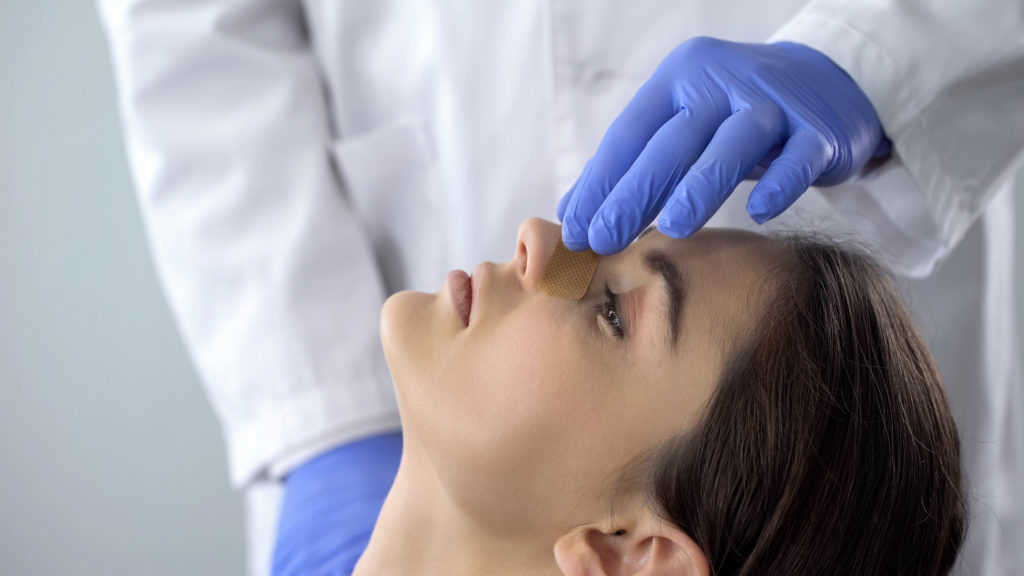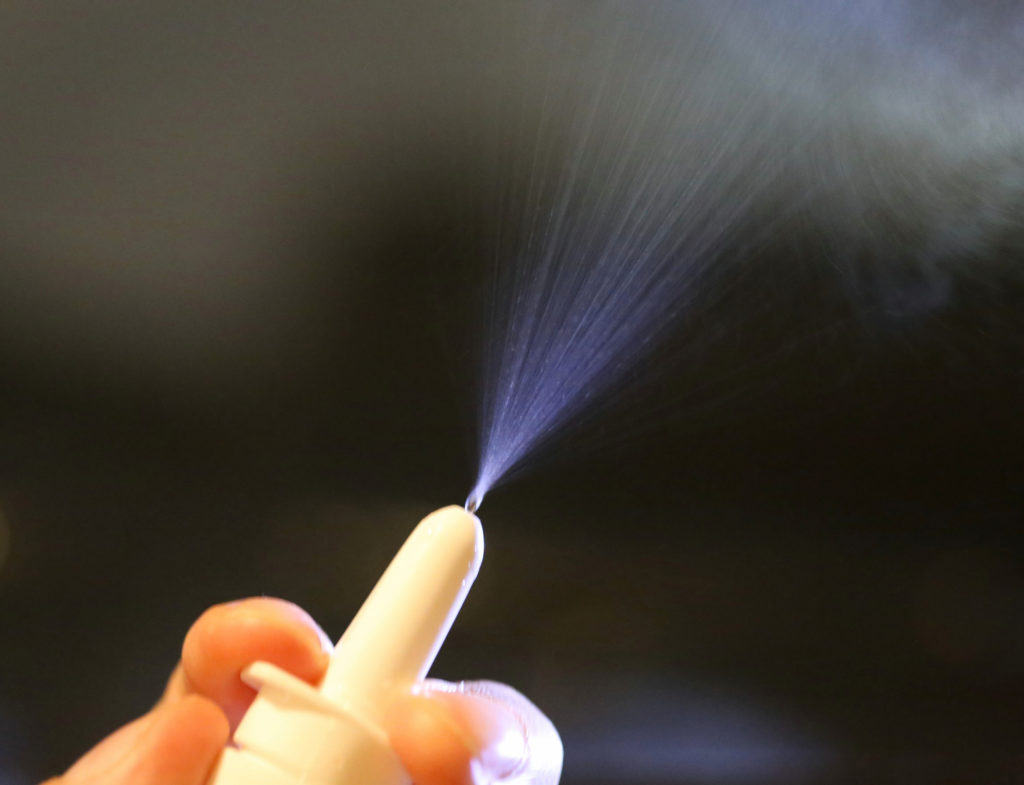About Mold and Mold Allergies
Healers first wrote about mold allergies more than 300 years ago; doctors and pharmacists now use advanced methods to create mold allergy treatment.
About 96 percent of all chronic sinusitis is the result of mold, according to a landmark 1999 study by the Mayo Clinic. In a 2012 study, researchers examined 289 homes and 36 types of mold and discovered that infants and young children who had been exposed to mold in the home had an increased risk of developing asthma by the time the children turned 7-years-old.
Mold is a type of fungus, which can grow nearly anywhere. Outdoor mold plays an important role in breaking down dead leaves, plants, and trees. Mold thrives on moisture and prefers dark, stagnant locations. This type of fungus reproduces by sending tiny, lightweight spores through the air.
Sometimes these spores land on damp spots in homes or buildings. Mold can get inside through open doors, windows, vents, and heating and air conditioning systems. Clothing, shoes, bags, and even pets can bring mold indoors.
Once inside, mold can begin to grow in exposed and in hidden areas – anywhere there is moisture. Mold can grow around leaks in windows, roofs, pipes, or anywhere there has been a flood. This type of fungus can also take hold in dust, wallpaper, paints, drywall, carpet, fabric, insulation, and upholstery.
Mold growing on exposed surfaces can be released into the air, where it can spread to other parts of the house. Airborne mold is easily inhaled.
Is Mold Dangerous?
In most cases and in small amounts, mold is harmless. In fact, most people are exposed to small amounts of mold every day and are not affected by the fungus. Unfortunately, people who have mold allergies can develop uncomfortable symptoms of an allergic reaction when exposed to mold.
The immune system usually protects the body from foreign invaders, such as viruses and bacteria. In people with allergies, though, the immune system overreacts to the presence of an otherwise harmless substance. In people with mold allergies, the body overreacts when the individual breathes in mold spores. The immune system responds to the mold by causing symptoms of allergic rhinitis, also known as “hay fever.”
Symptoms of allergic rhinitis include:
- Sneezing
- Itchy eyes, nose, and throat
- Runny or stuffy nose
- Cough and postnasal drip
- Watery eyes
- Dry, scaly skin
- Dry mouth
In people with asthma and mold allergies, mold spores can enter the lungs to trigger symptoms of asthma. Rarely, people with a more serious type of allergic asthma, known as allergic bronchopulmonary aspergillosis, can have a severe reaction when the body has both an allergic and inflammatory response to the presence of mold. Symptoms of allergic bronchopulmonary aspergillosis are similar to an asthma attack, and symptoms of this type of allergy include severe wheezing, coughing, and shortness of breath.
Mold allergy symptoms can be mild to severe, and vary from person to person. One individual who is allergic to mold might have year-round symptoms, for example, while another might experience symptom flare-ups at certain times of the year. Many people suffer signs and symptoms of mold allergies during damp weather, or in indoor or outdoor areas where mold concentrations are high.
Diagnosis and Mold Allergy Treatment
Medical professionals do not know exactly how many people have a mold allergy, but the results of recent research suggest that 3 to 10 percent of the general population is sensitive to mold.
Doctors can diagnose mold allergies by recording a complete medical history, performing an examination, and ordering skin tests or allergen-specific IgE blood tests. During those tests, medical professionals scratch or prick the skin with extracts of different types of fungi; reactions to the skin testing indicate a mold allergy.
Mold plates are essential for testing indoor air or specific items for the presence of the fungus. Mold spores land on the specially designed Petri dishes; the growth of mold on the plates can help confirm the diagnosis of mold allergies.
The best way to reduce the symptoms of mold allergies is to remove the fungus. Mold remediation products can make mold removal safe, easy, and effective. These products contain strong chemicals that kill the mold. Environmental remediation products include shampoos, laundry detergent, candles, sprays, and pet shampoo. Other equipment, such as an exhaust fan and a dehumidifier to reduce humidity levels inside the home or building, can help decrease mold levels.
Best Allergy Medicine for Mold
While there is no cure for mold allergies, medications can reduce symptoms. Allergy shots are effective for only certain types of mold allergy.
Treatment for mold allergies is similar to treatment for allergic rhinitis and other inhaled allergies. The first line of treatment is to avoid mold, of course, while the second line of treatment is through allergy medications that can include antifungals, antibiotics, and anti-inflammatory drugs.
The best mold allergy medicine depends largely on the symptoms the individual experiences. Antihistamines can stop the sneezing, runny nose, and itchiness associated with mold allergies, for example, while decongestant nasal sprays and oral decongestants provide short-term relief from nasal congestion. Nasal corticosteroids reduce inflammation. Expectorants helps loosen mucus to make it easier to cough up excess phlegm. Lidocaine numbs pain and itching.
Mold allergy treatments are available in nasal sprays, sinus drops, eardrops, throat sprays, oral solutions/suspensions, irrigations or mouth rinses. Nebulizers turn liquid medications into a vine mist that delivers the active ingredients directly into the lungs. Many of the higher-quality mold allergy treatments contain excipients, which are inactive substances that stabilize the remediation chemicals and serve as a medium for delivering the active ingredients.
Some medications, especially antibiotics and antifungals, can disrupt the natural balance of intestinal flora. Specifically, oral antibiotics tend to kill all the bacteria in the gut – even the beneficial probiotic bacteria that prevents diarrhea. Other products, such as nutritional products, serve an important role in mold allergy pharmacology.
These nutritional products can support the immune system, reduce inflammation, and mediate any intestinal flora imbalances associated with medications. Grapefruit seed extract is an antifungal that is rich in antioxidants, for example.
Mold Allergy Treatment
Pavilion Compounding Pharmacy works with a number of physicians in several cities in the treatment of mold-related allergies. We have extensive experience in medications, nutritional support and environmental remediation strategies for mold patients.
Medications include anti-fungal, anti-biotic and anti-inflammatory nasal sprays. Nutritional products are available to support the immune system and to assist the body in eliminating yeast overgrowth and replenishing normal intestinal flora. Remediation is based on finding and eliminating the source of mold invasion in the environment then treating the area with natural products.
Commonly Requested Formulations for Mold Allergies Include:
Antifungals
Nystatin, amphotericin-b, voriconazole, fluconazole, clotrimazole, miconazole, ketoconazole, itraconazole
Steroids
Dexamethasone, triamcinolone, hydrocortisone, beclomethasone, fluticasone
Antibiotics
Gentamicin, sulfamethoxazole/trimethoprim, tobramycin, clindamycin, amikacin, povidone, ceftriaxone, vancomycin
Other
Grapefruit seed extract, sugar-free suspension bases, antihistamines, expectorants, oral and topical decongestants, lidocaine. Mold plates, and all-natural environmental products (shampoos, laundry detergent, candles, sprays, pet shampoo)
Available in nasal sprays, sinus drops, ear drops, throat sprays, oral solutions/suspensions, nebulization, irrigations or mouth rinses.
We carry an extensive line of over the counter mold remediation products from companies such as Micro Balance Health and Citrisafe.
Using Pcca’s Loxasperse™ and Xylifos™ we are able to compound a stable, therapeutic dose of the medications. XyliFos is a synergistic/booster for LoxaSperse, and is designed to be the perfect excipient pairing for Loxasperse.






